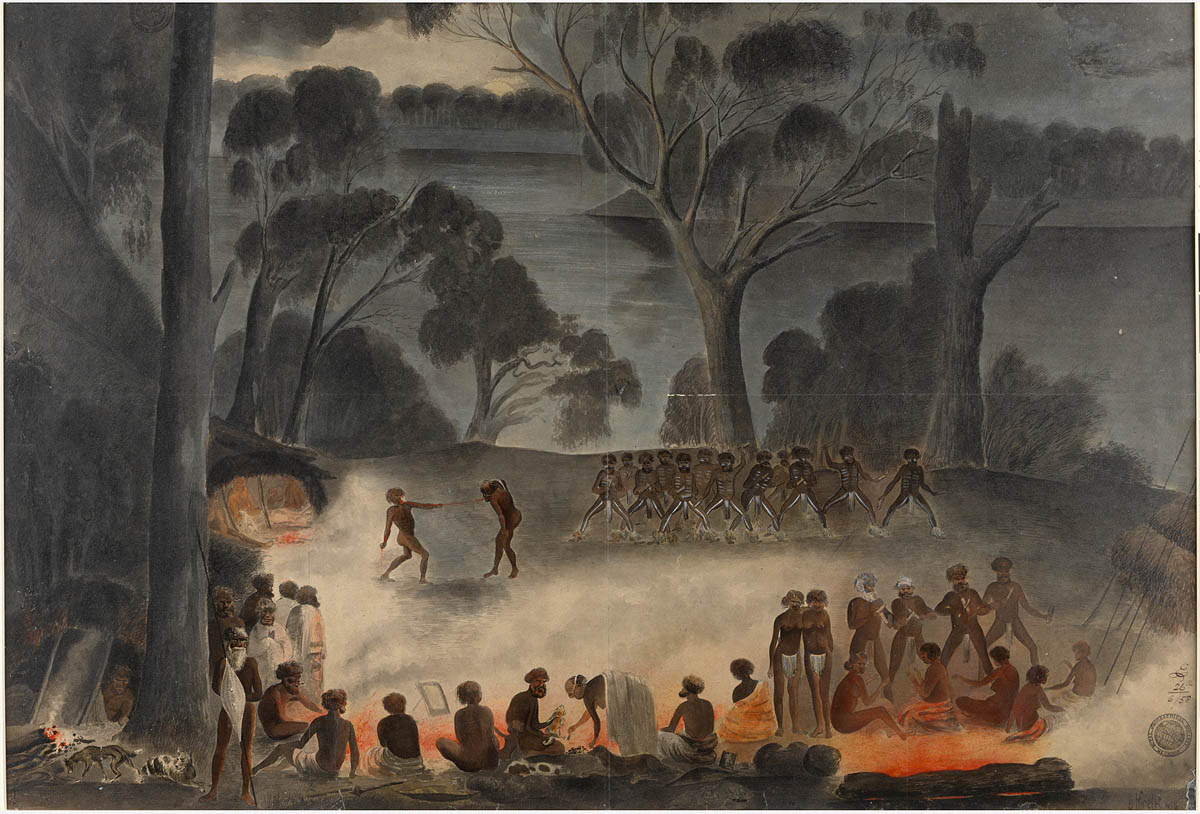Unraveling the Tapestry: How Many Aboriginal Tribes Existed in 1788?
Unraveling the Tapestry: How Many Aboriginal Tribes Existed in 1788?

The year 1788 marks a pivotal moment in Australian history: the arrival of the First Fleet and the establishment of the British colony at Sydney Cove. However, this event also represents the beginning of a complex and often tragic chapter for the Indigenous peoples who had inhabited the continent for tens of thousands of years. Understanding the diversity of Aboriginal tribes in 1788 is crucial to appreciating the rich cultural heritage and the profound impact of colonization.
A Tapestry of Cultures:
Related Articles: Unraveling the Tapestry: How Many Aboriginal Tribes Existed in 1788?
- Understanding The Meaning Of "Aboriginal Person": A Deep Dive Into Indigenous Identities And Cultures
- Unmasking The Soul: Exploring The Rich History And Significance Of Aboriginal Masks
- The Rhythms Of The Land: Exploring The Rich World Of Aboriginal Music Instruments
- A Journey Through Time: Unraveling The Secrets Of Chinese Aboriginal Totem Poles
- Unveiling The Land Of The Palawa: A Journey Through Tasmania’s Indigenous Heritage
The term "tribe" itself is a simplification. Aboriginal Australia was not a monolithic entity. Instead, it was a vast mosaic of distinct cultural groups, each with its own language, customs, beliefs, and territorial boundaries. These groups, often referred to as "nations," "clans," or "language groups," were interconnected by shared traditions, kinship systems, and complex social structures.
The Challenge of Accurate Counting:
Determining the exact number of Aboriginal tribes in 1788 is a challenging task. Historical records from that era are often incomplete, biased, or based on European interpretations of Indigenous cultures. Moreover, the concept of "tribe" itself can be fluid and subject to interpretation.
Estimated Figures:
Despite the limitations, historians and anthropologists have attempted to estimate the number of distinct Aboriginal groups in pre-colonial Australia. While estimates vary, a common figure is around 250-300 distinct language groups, each representing a unique cultural entity.
Factors Influencing Diversity:
Several factors contributed to the remarkable diversity of Aboriginal cultures:
- Geographic Isolation: The vast and varied Australian landscape played a crucial role in shaping distinct cultural identities. Mountain ranges, deserts, and coastal areas created natural barriers, fostering the development of unique languages, customs, and social structures.
- Environmental Adaptation: Aboriginal cultures were intricately linked to their environment. Different groups developed specialized skills and knowledge to thrive in diverse ecosystems, ranging from the arid outback to the lush rainforests.
- Migration and Intertribal Relations: While distinct, Aboriginal groups were not isolated. Migration, trade, and kinship ties created complex networks and influenced cultural exchange.

The Impact of Colonization:

The arrival of Europeans in 1788 had a devastating impact on Aboriginal cultures. Disease, displacement, and violence led to a dramatic decline in population and the erosion of traditional knowledge and practices. Many languages were lost, and the social fabric of Aboriginal communities was severely disrupted.
The Importance of Cultural Recognition:
Despite the challenges of the past, it is crucial to acknowledge and celebrate the enduring legacy of Aboriginal cultures. Recognizing the diversity of Aboriginal tribes in 1788 is essential to understanding the rich tapestry of Indigenous Australia and its profound connection to the land.
Beyond the Numbers:
While attempting to quantify the number of tribes is important, it is equally essential to recognize the unique stories, traditions, and resilience of each individual Aboriginal group. Their cultural heritage is a testament to the ingenuity, adaptability, and deep connection to the land that has characterized Aboriginal life for millennia.

Moving Forward:
The legacy of colonization continues to impact Aboriginal communities today. Reconciliation and healing are ongoing processes, and understanding the diversity of Aboriginal cultures is a crucial step towards building a more just and equitable future.
FAQ: How Many Different Aboriginal Tribes Existed in 1788?
Q: What is the estimated number of Aboriginal tribes in 1788?
A: Estimates range from 250 to 300 distinct language groups, each representing a unique cultural entity.
Q: Why is it difficult to determine the exact number?
A: Historical records are often incomplete, biased, or based on European interpretations. The concept of "tribe" itself can be fluid and subject to interpretation.
Q: What factors contributed to the diversity of Aboriginal cultures?
A: Geographic isolation, environmental adaptation, migration, and intertribal relations all played a role.
Q: How did colonization impact Aboriginal cultures?
A: Disease, displacement, and violence led to a decline in population and the erosion of traditional knowledge and practices.
Q: Why is it important to recognize the diversity of Aboriginal tribes?
A: It is essential to understand the rich tapestry of Indigenous Australia and its profound connection to the land.
Q: What can be done to move forward from the legacy of colonization?
A: Reconciliation and healing are ongoing processes. Understanding the diversity of Aboriginal cultures is crucial to building a more just and equitable future.

Closure
Thus, we hope this article has provided valuable insights into Unraveling the Tapestry: How Many Aboriginal Tribes Existed in 1788?. We hope you find this article informative and beneficial. See you in our next article!


